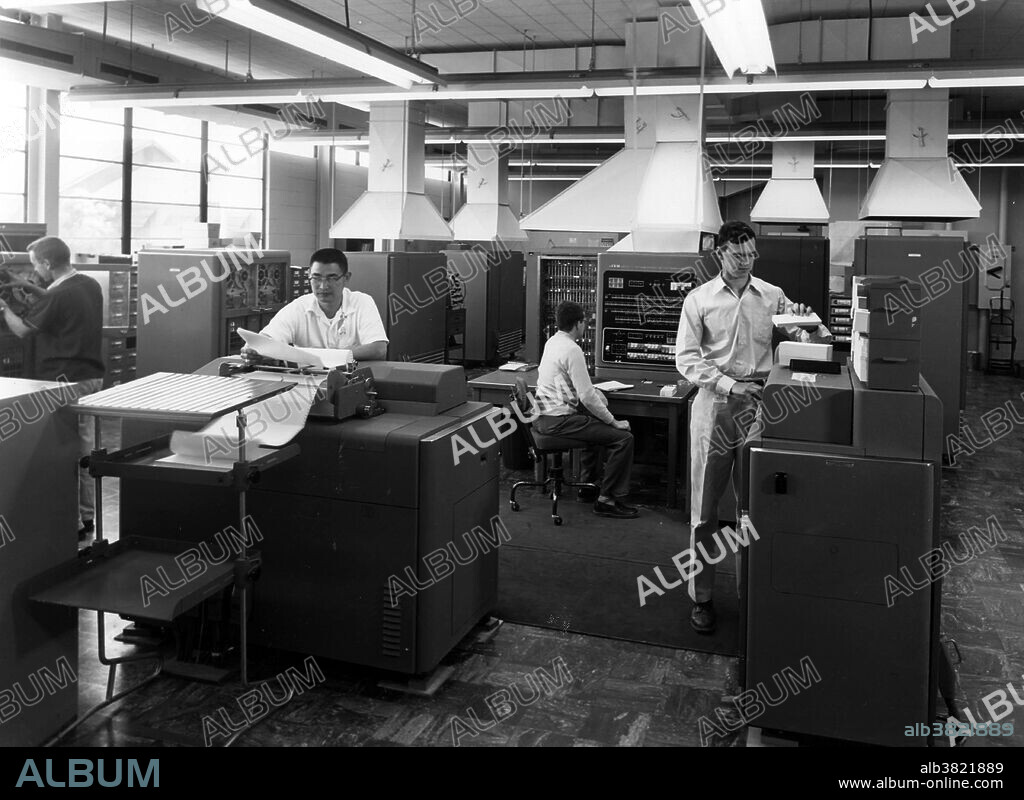alb3821889
IBM 701 Computer, LLNL, 1950s

|
Añadir a otro lightbox |
|
Añadir a otro lightbox |



¿Ya tienes cuenta? Iniciar sesión
¿No tienes cuenta? Regístrate
Compra esta imagen

Título:
IBM 701 Computer, LLNL, 1950s
Descripción:
Ver traducción automática
The 1950s saw installation of a series of IBM computers, starting with the IBM 701, and the Laboratory ordered its first transistorized computer, the Livermore Advanced Research Computer (LARC) from Remington Rand. Expertise in computer simulations was vividly demonstrated by Chuck Leith, who developed the first global general circulation model for simulating the behavior of large weather systems. The IBM 701 had a 4,096-word memory, each word being 36-bits; equivalent to almost 12 decimal digits. The parallel feature meant the machine did most of its internal operations including arithmetical on whole words and much faster than the Lab's UNIVAC. According to computation pioneer George Michael, however, the machine "freely made mistakes, but never reported them." Input for the 701 was prepared on a keypunch and entered through a card reader. No photographer credited, circa 1950s.
Crédito:
Album / LLNL/Science Source
Autorizaciones:
Modelo: No - Propiedad: No
¿Preguntas relacionadas con los derechos?
¿Preguntas relacionadas con los derechos?
Tamaño imagen:
4800 x 3500 px | 48.1 MB
Tamaño impresión:
40.6 x 29.6 cm | 16.0 x 11.7 in (300 dpi)
Palabras clave:
1950S • BLANCO Y NEGRO • CIENCIA • FAMOSO • FOTO • FOTOGRAFIA • HISTORIA • HISTORICO • HOMBRES • IBM • IMPORTANTE • INVENCION • INVESTIGACION • MAINFRAME • ORDENADOR • SALA DE ORDENADORES • SIGLO XX • TECNOLOGÍA • TECNOLÓGICA
 Pinterest
Pinterest Twitter
Twitter Facebook
Facebook Copiar enlace
Copiar enlace Email
Email
